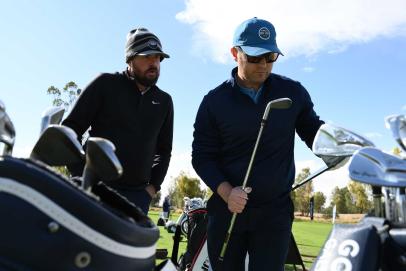hot list
Golf Digest Hot List 2024: Inside the process behind our annual equipment review
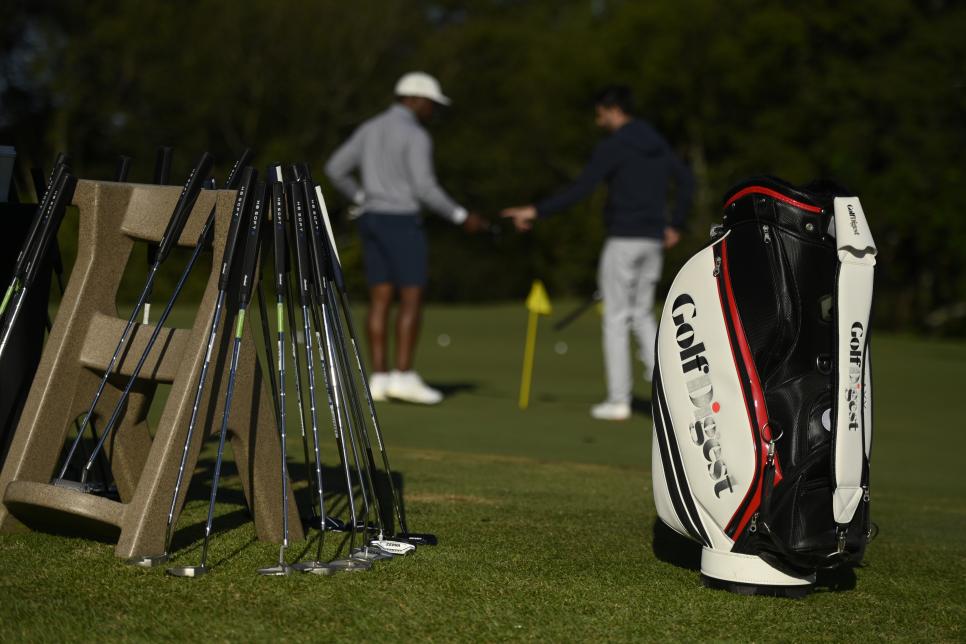
J.D. Cuban
The Hot List is a massive effort by the Golf Digest editorial team, but the voting is fueled by the contributions of two groups who aren’t getting paid. Our team of scientists advises the judges on what technologies show the most promise, and our panel of 32 golfers lets us know what clubs are working and how. Together, they make up the foundation for our three criteria: Performance, Innovation, Look/Sound/Feel.
PERFORMANCE
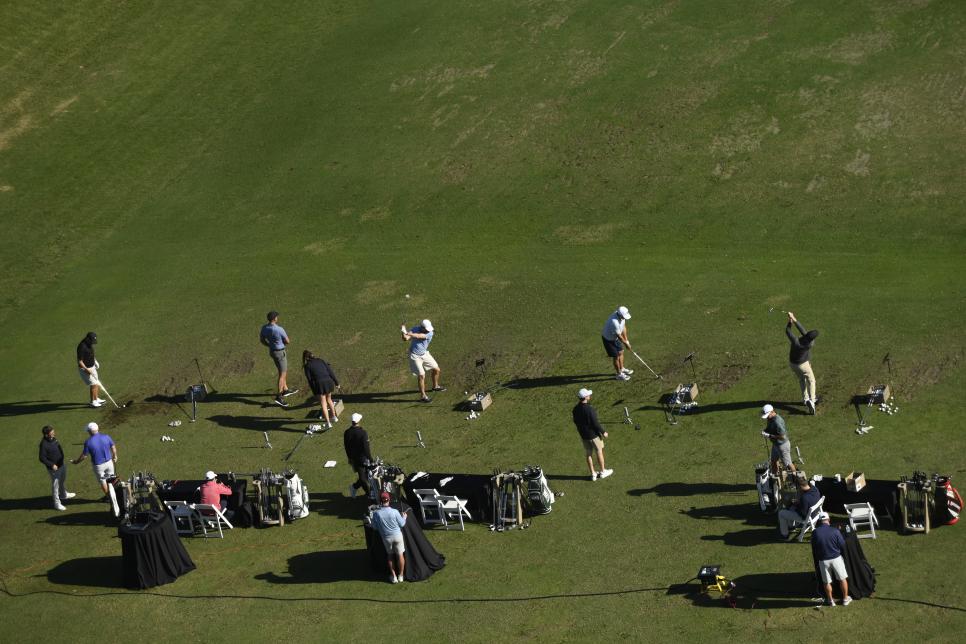
J.D. Cuban
50 percent
Based on interviews with our player panelists on their evaluations of clubs within a category, the judges assess the utility of each product. In other words, this is a grade of what happens to the ball when a player hits it. Rapsodo MLM2Pro launch monitors are used at every hitting station, and this year more than 24,000 shots were recorded.
Fitters work with players so that they are evaluating clubs that are ideal for their individual specs. (For example, an individual player most likely will hit only the driver model within a driver family that is ideal for his or her game.) Also, our low-handicap players do not evaluate super-game-improvement irons, just as our high-handicap players do not evaluate players irons. All drivers are tested for conformance before player evaluations begin.
INNOVATION
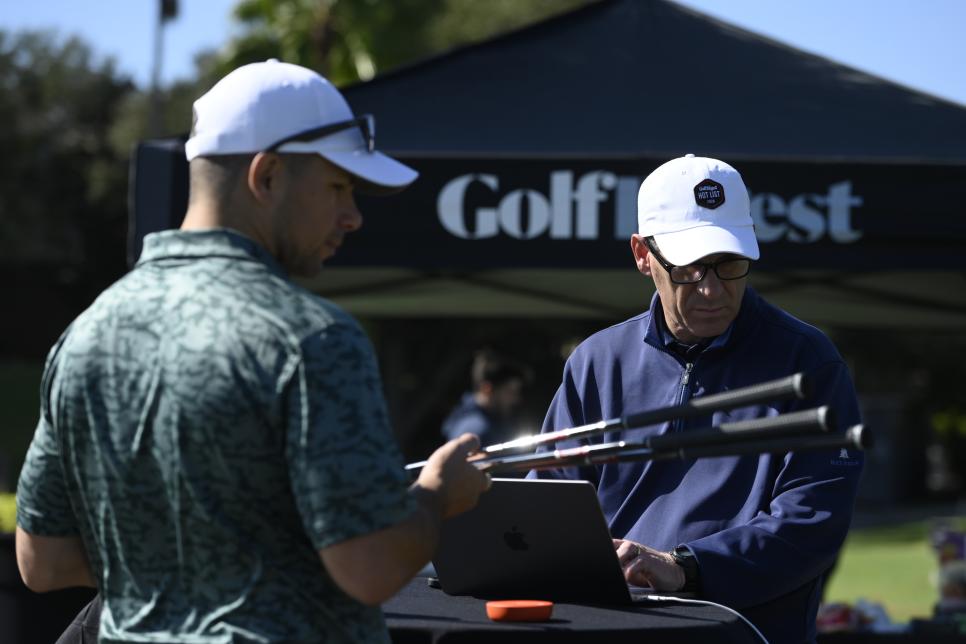
J.D. Cuban
30 percent
In consultation with our technical panel and based on our interviews with company R&D teams and our review of company technical documents, this grade reflects how a particular technology advances the category in all aspects, to what degree the commitment to fitting the vast majority of golfers is executed, and how that technology is explained to the public and to our editors. In short, the best clubs in Innovation are changing what’s possible in their respective categories.
LOOK•SOUND•FEEL
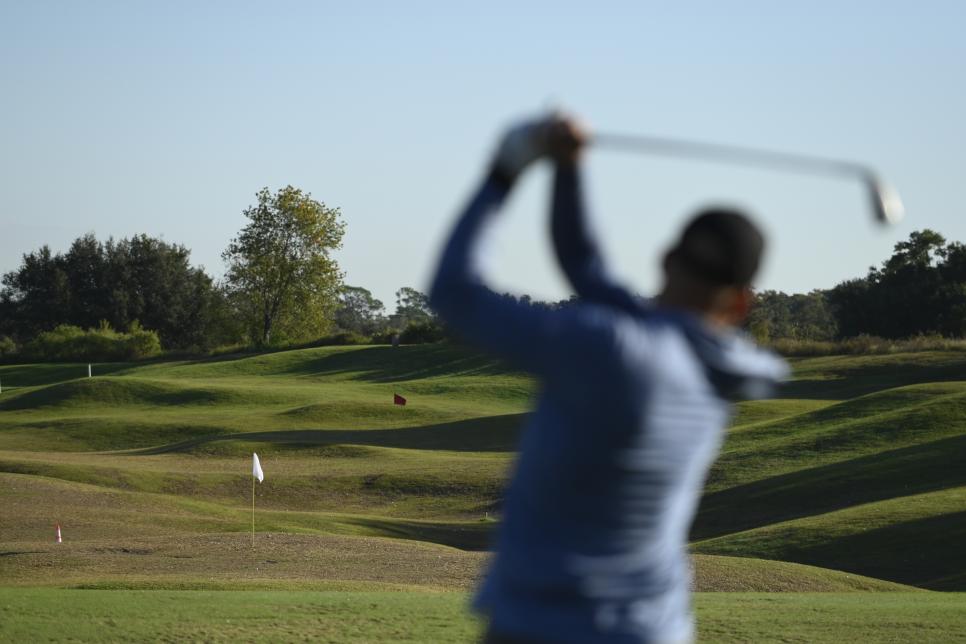
J.D. Cuban
20 percent
Using input from the panelists, our judges evaluate the relative excellence of the visual, auditory and tactile experience of using a particular club. The more the club resonates with our understanding of what a golf club should be, the higher the grade it receives. In short, this is a grade of what the player experiences when viewing, holding and swinging the club.
All judging is based on a 100-point scale for each criterion under each club category.
• GOLD
Products earned a score of 93 to 100.
• SILVER
Products earned a score of 88 to 92.99.
.jpg.rend.hgtvcom.966.483.suffix/1704735357131.jpeg)
.jpg.rend.hgtvcom.966.483.suffix/1704735356986.jpeg)
.jpg.rend.hgtvcom.966.483.suffix/1704735356790.jpeg)
.jpg.rend.hgtvcom.966.773.suffix/1704735356503.jpeg)
.jpg.rend.hgtvcom.966.725.suffix/1704735356347.jpeg)
.jpg.rend.hgtvcom.966.1449.suffix/1704735356203.jpeg)
.jpg.rend.hgtvcom.966.1352.suffix/1704735355823.jpeg)
.jpg.rend.hgtvcom.966.966.suffix/1704735355489.jpeg)



